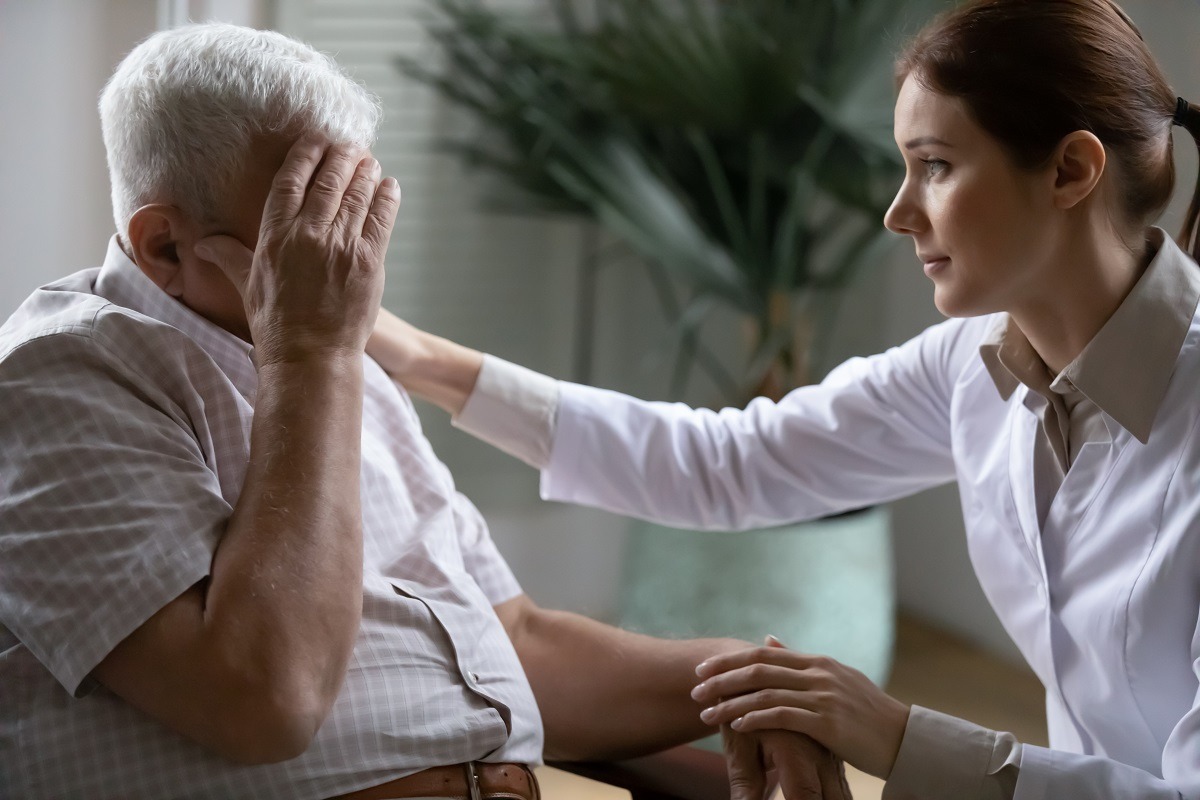
Skin ulcers: what are they?
Skin ulcers are losses of skin tissue in which the re-epithelialisation process does not take place properly, for various reasons
These lesions occur in any part of the body and can be caused by physical trauma, venous stasis, infections, neurological problems, autoimmune diseases with vascular involvement and neoplasms.
There are various types of ulcers.
Decubitus or pressure ulcers are common in patients confined to bed for long periods and are caused by inadequate blood supply.
On the other hand, diabetic ulcers, which affect the lower limbs and lead to tissue damage, are of neuropathic origin.
We also find the ulcer of the oral cavity (ulcerous or aphthous), the ulcer of the eye (called corneal), the vascular ulcer and the genital ulcer (venereal). Depending on the duration of the inflammatory process, ulcers may be acute or chronic.
Skin ulcers: the causes
The causes of skin ulcers are varied and the process of formation changes depending on the location.
Vascular skin ulcers are created as a result of trauma that causes a loss of tissue.
Behind these lesions there are often other pathologies such as epithelial tumours, vascular diseases and autoimmune diseases.
In decubitus ulcers, the condition is mainly caused by reduced blood flow caused by local compression.
This problem occurs in individuals who are bedridden for long periods.
Diabetic ulcers, on the other hand, have a neuropathic origin and are localised in the foot, caused by altered tissue oxygenation.
In the case of vascular ulcers, blood flow is slowed in the peripheral areas, leading to tissue damage.
Symptoms
The first symptom of skin ulcers is pain caused by inflammatory processes in the deep layers of the epithelium.
In addition to pain, patients experience swelling, redness and bleeding.
As soon as the first symptoms of skin ulcers are experienced, it is important to see a specialist.
Only clinical observation can make it possible to make an accurate diagnosis and define the correct treatment.
The doctor will assess the morphological changes and the characteristics of the lesions using specific tests such as echocolordoppler, phlebography, arteriography and blood tests to assess proteins and glycaemia.
Some skin ulcers present peculiar characteristics that allow the causes to be established unequivocally and thus set up an appropriate therapeutic treatment.
In order to resolve the pathology in the best way possible, the specialist will analyse the appearance of the surrounding tissues, the site, size, number, background and margins of the skin ulcers.
Skin ulcers: How are they treated?
The treatment of skin ulcers depends on the causes that have been identified by the doctor during the diagnostic process.
Therapy is both local and etiopathogenetic.
Firstly, it is important to eliminate factors that impede the healing process and to promote tissue repair.
In the case of necrotic lesions, the use of hydrophilic gel dressings is recommended to eliminate necrotic tissue and improve cell migration.
Prevention
Prevention of skin ulcers is important and starts with a healthy lifestyle.
To avoid the formation of these painful lesions, it is important to follow a balanced diet rich in fruit, vegetables and fibre.
Regular exercise and adequate hydration help prevent skin ulcers, especially if accompanied by proper local moisturising with special moisturising ointments.
It is also advisable to avoid smoking and excessive alcohol consumption.
Read Also
Emergency Live Even More…Live: Download The New Free App Of Your Newspaper For IOS And Android
Pendulous Fibroids: What Are They And How Do They Appear?
Nevi: What They Are And How To Recognise Melanocytic Moles
Dermatological Examination For Checking Moles: When To Do It
Dysplastic Nevus: Definition And Treatment. Should We Be Concerned?
Rare Diseases: New Hope For Erdheim-Chester Disease
How To Recognise And Treat Melanoma
Moles: Knowing Them To Recognise Melanoma
Skin Melanoma: Types, Symptoms, Diagnosis And The Latest Treatments
Melanoma: Prevention And Dermatological Examinations Are Essential Against Skin Cancer
Symptoms And Causes Of Spitz Nevus
What Is A Dysplastic Nevus And What Does It Look Like?
Onychophagia: My Child Bites His Nails, What To Do?
Russia, Doctors Detect Mucormycosis In Covid-19 Patients: What Causes The Fungal Infection?
Parasitology, What Is Schistosomiasis?
Onychomycosis: Why Do Fingernails And Toenails Get Fungus?
Nail Melanoma: Prevention And Early Diagnosis
Ingrown Toenail: What Are The Remedies?
What Is ‘Hand Foot And Mouth’ Disease And How To Recognise It
Dracunculiasis: Transmission, Diagnosis And Treatment Of ‘Guinea-Worm Disease’
Parasitoses And Zoonoses: Echinococcosis And Cystic Hydatidosis
Trichinosis: What It Is, Symptoms, Treatment And How To Prevent Trichinella Infestation
Dermatomycosis: An Overview Of Skin Mycoses


